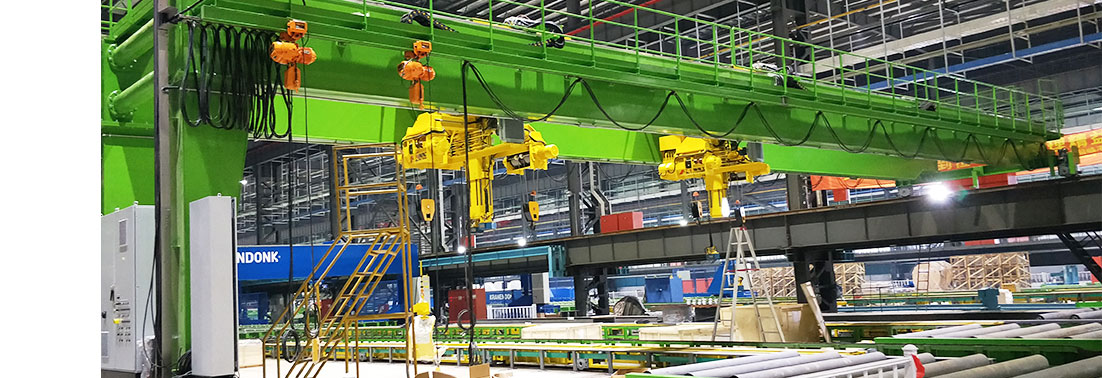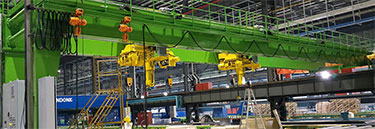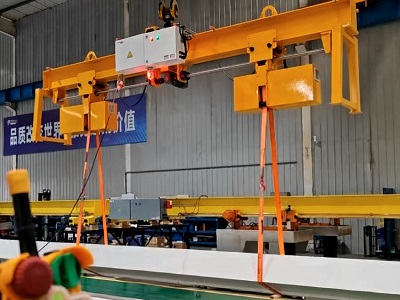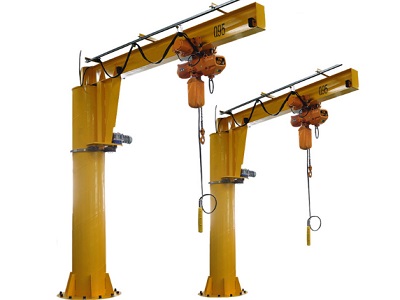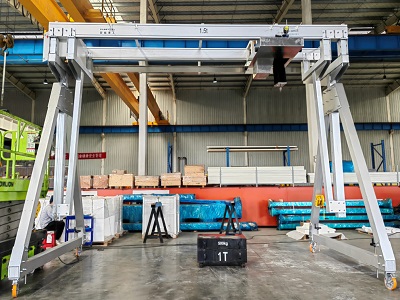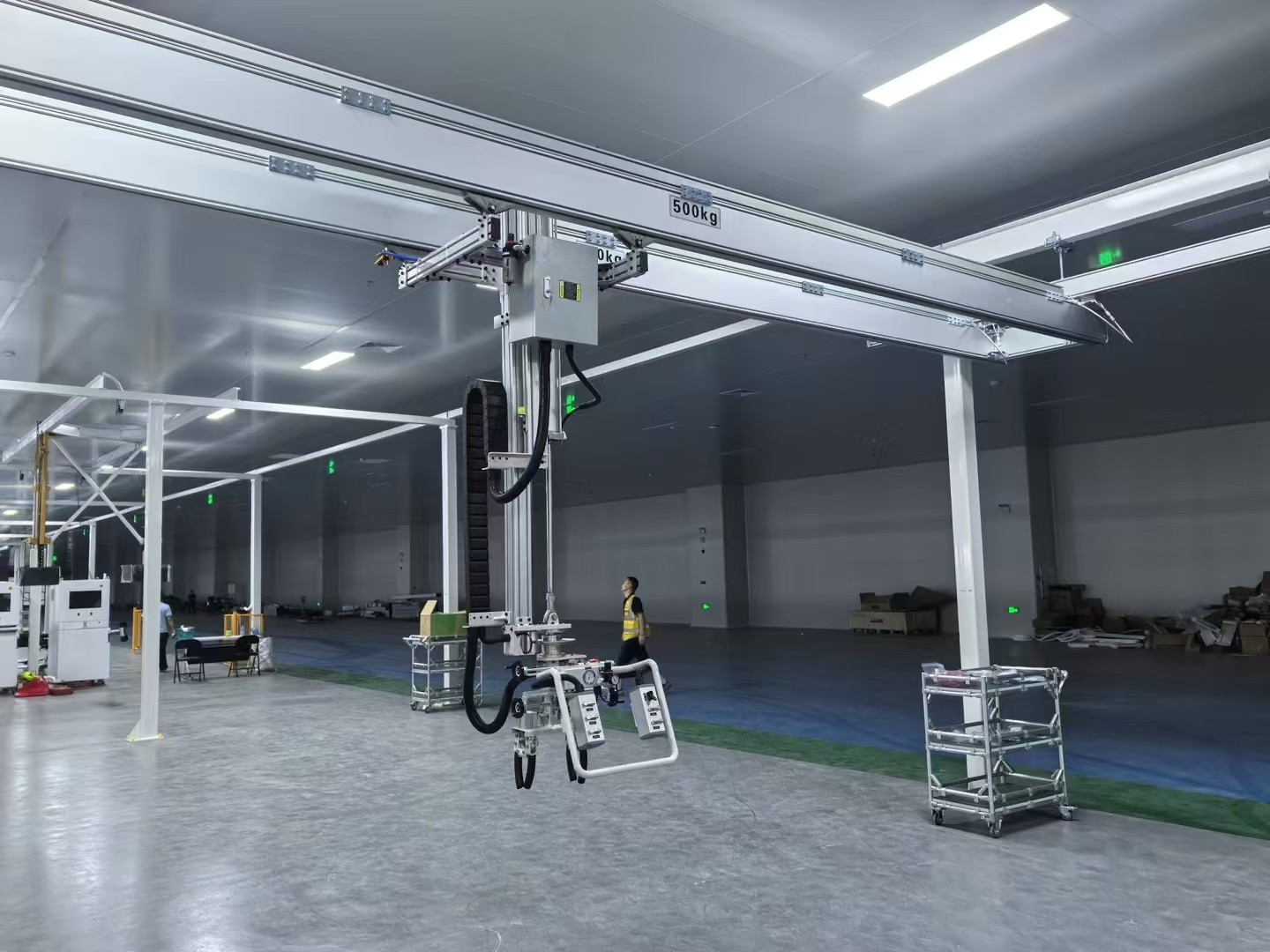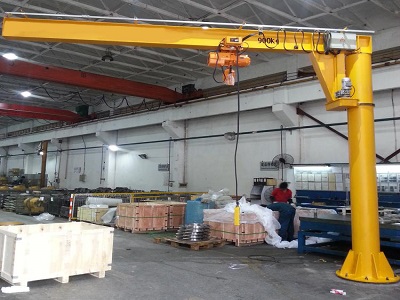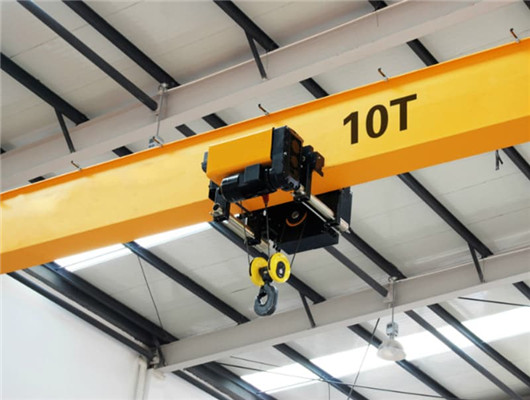
| Crane Duty Classifications | What You Need to Know About Work Class
 Almost every industry utilizes cranes and hoists, there is a wide range of lifting equipment to lift and use. How can you select the suitable equipment for application? Does it durable or economical enough?
Almost every industry utilizes cranes and hoists, there is a wide range of lifting equipment to lift and use. How can you select the suitable equipment for application? Does it durable or economical enough?
Since crane is so important for workers' safety as well as maintenance and inspection requirements, KUNFENG CRANES tries to make it easier. As a standing feature of crane, work classes are based on the worklife of cranes, which helps you to select the most suitable crane. According to the frequency of use and the degree of load change, the loading rate can be divided into light, medium, heavy and very heavy.
Mechanism load spectrum
The load spectrum can be determined from the table below:
Rate of Loading | Mechanism Load Spectrum (Km) | Note |
L1-Light | 0.125 | Occasional full load, regular light load |
L2-Medium | 0.25 | Occasional very heavy load, regular medium load. |
L3-Heavy | 0.50 | Regular heavy load and very heavy load. |
L4-Very Heavy | 1.00 | Regular very heavy load. |
Average daily operating time
Based on the average daily operating time, the utilization level of machinery refers to the level of busyness of its work, divided into 10 levels from T0 to T9, which refers to the total number of hours in operation during the total service life.
Class | Total Operating Time (hr) | Note |
T0 | 200 | Infrequent |
T1 | 400 | |
T2 | 800 | |
T3 | 1600 | |
T4 | 3200 | Frequent light use |
T5 | 6300 | Frequent medium use |
T6 | 12500 | Infrequent regular use |
T7 | 25000 | Regular use |
T8 | 50000 | |
T9 | 100000 |
By merging the tables of total operating time and rate of loading, we can obtain a corresponding table of crane working class (Classification according to ISO), as shown below.
T0 | T1 | T2 | T3 | T4 | T5 | T6 | T7 | T8 | T9 | |
L1 | M1 | M2 | M3 | M4 | M5 | M6 | M7 | M8 | ||
L2 | M1 | M2 | M3 | M4 | M5 | M | M8 | |||
L3 | M1 | M2 | M3 | M4 | M5 | M6 | M7 | M8 | ||
L4 | M2 | M3 | M4 | M5 | M6 | M7 | M8 |
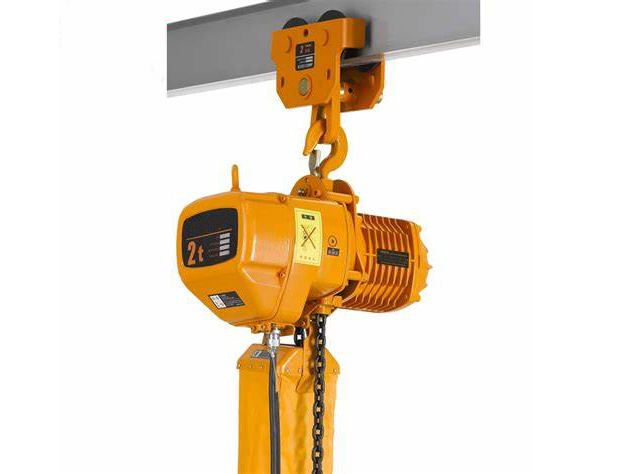 The purpose of dividing the work level is to provide a reasonable and unified technical basis and reference standard for design, manufacture and user selection, so as to achieve better safety and economic effects, so that the working status of the crane can be more accurately reflected.
The purpose of dividing the work level is to provide a reasonable and unified technical basis and reference standard for design, manufacture and user selection, so as to achieve better safety and economic effects, so that the working status of the crane can be more accurately reflected.
All in all, durability and safety are key factors of cranes. So it is necessary to determine the loading rate and working class of the crane, which ensure the safety and reliability of the crane.
Do you know what kind of work environment a hook crane can be used in? And what is the working classification?Please look at this article.

